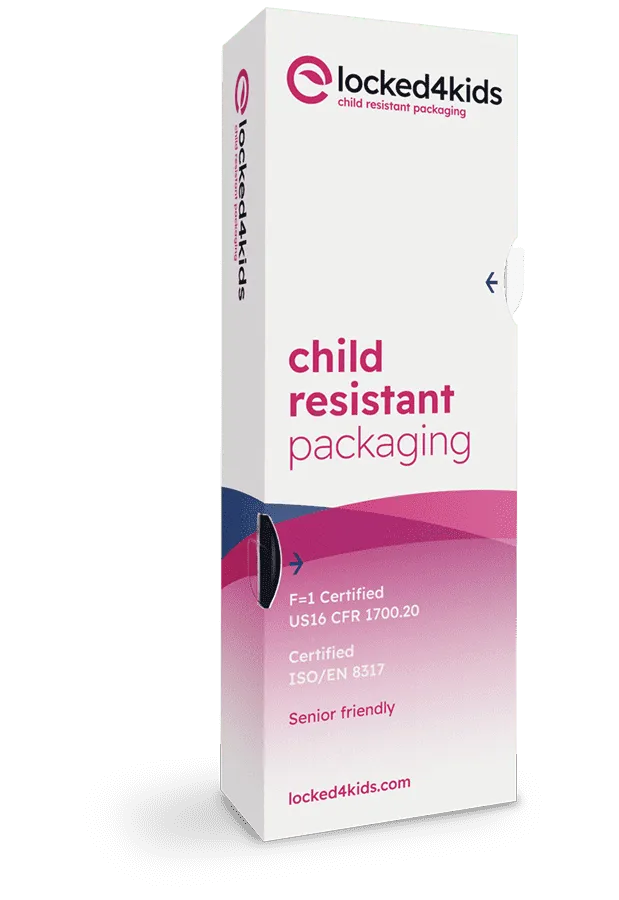The landscape of packaging materials is diverse, encompassing a wide range of options, each with its own set of characteristics, benefits, and applications. Understanding the different types of packaging materials is essential for businesses to make informed decisions that align with their product needs, environmental goals, and consumer expectations. This blog provides a comprehensive overview of the various packaging materials available, highlighting traditional options alongside newer, innovative solutions.
Traditional packaging materials
- Plastic: A common choice in the packaging industry, plastic is prized for its versatility, durability, and cost-effectiveness. It includes types such as PET, HDPE, PVC, and LDPE, each serving different packaging needs. However, environmental concerns over plastic waste have led to increased interest in recyclable and biodegradable plastics.
- Glass: Known for its inertness, transparency, and impermeability, glass is a premium packaging choice, especially for food and beverages, cosmetics, and pharmaceuticals. Its recyclability is a key advantage, though its weight and fragility pose logistical challenges.
- Metal: Metals like aluminum and steel are chosen for their strength, barrier properties, and infinite recyclability. Metal packaging, used for cans, foils, and aerosols, offers excellent protection and shelf life but requires significant energy for production.
- Paper and cardboard: These renewable materials are widely used for their lightweight, recyclable, and biodegradable properties. They're suitable for a variety of packaging formats, including boxes, cartons, and wraps, though they may lack the barrier properties needed for certain products.
Emerging and innovative sustainable packaging materials
- Bioplastics: Made from renewable resources, bioplastics like PLA and PHA are gaining popularity as alternatives to conventional plastics. They offer reduced carbon footprints and are often biodegradable or compostable.
- Molded fiber: Utilizing recycled paper or agricultural residues, molded fiber is an eco-friendly option for protective and cushioning materials. It's compostable and offers excellent shock absorption.
- Composite materials: Combining different materials, composites can offer enhanced functionality, such as improved barrier properties or strength. These materials can be tailored to specific packaging requirements, but may pose challenges for recycling.
Alternative materials
- Plantable packaging: Innovative and eco-friendly, plantable packaging incorporates seeds into biodegradable materials, offering a unique way to reduce waste and promote greenery.
- Edible packaging: An inventive solution to single-use packaging waste, edible packaging materials are made from natural, consumable ingredients, providing an interesting avenue for packaging certain types of food products.
Harnessing the evolution of sustainable packaging materials
The choice of packaging material plays a critical role in the product's lifecycle, from production and transportation to consumer use and disposal. With advancements in material science and growing environmental consciousness, the packaging industry continues to evolve, expanding the offering of materials tailored to meet diverse needs. Whether prioritizing durability, sustainability, or specific functional requirements, there's a packaging material suited to every product's needs.
Navigating the options of packaging materials can be complex. If you're seeking expert guidance to select the ideal packaging solution for your product, contact us. Let's work together to find the perfect balance between functionality, aesthetics, and environmental responsibility in your packaging strategy.
Request a free sample now!






.webp)




